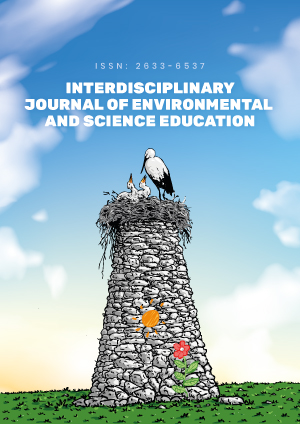Abstract
The purpose of this work is to evaluate the validity and reliability of life cycle assessment as a research methodology to measure the ecological footprint of New Zealand’s dairy production (by the dairy farming and dairy processing sectors). Environmental Input-Output Analysis was used as a macro-level life cycle assessment tool and applied to the dairy production over a period of six years. Eco-efficiencies were used as performance metrics to assess the sustainability of the dairy production. Over the six year period, New Zealand’s annual milk production increased from 11.4 to 15.1 million tonnes and its annual production of dairy products increased from 1.9 to 2.6 million tonnes. Eco-efficiencies indicate that over this time dairy farming became significantly more efficient in terms of land use (-27%), electricity use (-12%), water use (-21%) and lime use (-16%) and produced significantly less water-based effluent (-20%). At the same time fuel and fertilizer use were slightly less efficient (increasing by 2% and 6% respectively). The dairy processing industry used 21% less water and discharged 21% less effluent water. Fuel used in milk transportation was 14% more efficient. The internal validity of the research was good despite significant structural changes to the dairy processing sector but commercial sensitivity had a negative impact on the results. External validity was affected by different boundaries, different climates and different time frames for published studies but some comparisons were possible. The underlying data was generally accurate, reproducible and representative of the entire sectors with checks for anomalies to ensure good reliability. The choice of Environmental Input-Output Analysis for the life cycle assessment tool and error analysis of all underlying data contributed to both the validity of the research method and the reliability of the data. These, in turn, give good credibility to the research findings.
License
This is an open access article distributed under the Creative Commons Attribution License which permits unrestricted use, distribution, and reproduction in any medium, provided the original work is properly cited.
Article Type: Research Article
INTERDISCIP J ENV SCI ED, Volume 16, Issue 3, 2020, Article No: e2219
https://doi.org/10.29333/ijese/8338
Publication date: 14 Jun 2020
Article Views: 2906
Article Downloads: 2174
Open Access References How to cite this article
 Full Text (PDF)
Full Text (PDF)